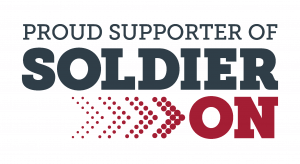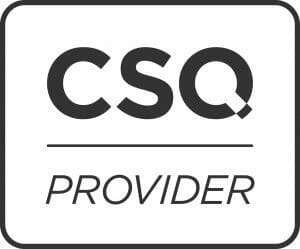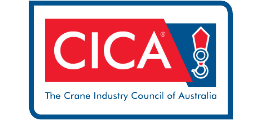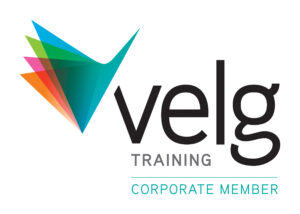Telehandlers or telescopic handlers are very versatile variable reach trucks, able to travel over rough terrain on construction sites.
However, this versatility also opens up the potential for misuse, leading to serious accidents. Telehandlers can tip over, personnel can fall from heights, and crushing accidents are also a hazard. Sloped ground, windy conditions and other environmental factors also come into play.
Like any lifting equipment, telehandlers must be operated safely on site – and the key to this is having competent and knowledgeable staff working with the equipment.
Along with the selection, operation and maintenance of the telehandler, planning the work, the environment, and proper use and supervision, training is vital in ensuring a safe outcome for all.
Here are our tips on safely operating a telehandler, starting with the importance of proper training.
Telehandler safety tips
1. Ensure operators are properly trained
Telehandler training courses give workers the knowledge required to conduct telehandler operations in industries such as construction, resources and infrastructure. Anyone using a telehandler at work should be able to demonstrate their competency before using the machine.
The TSHA (Telescopic Handler Association of Australia) Gold Card is a competency-based training course that covers the safe use of telehandlers and the risks involved.
Kallibr Training (RTO 32365) offers a telehandler training course following the nationally recognised qualification RIIHAN309F – Conduct telescopic materials handler operations.
On completion of the course, participants will have gained the following skills and knowledge in the following areas and can get their Gold Card Licence issued by the TSHA.
- Plan Operations: Hazard management and consultation
- Pre-operational Inspections: on the telehandler and each type of attachment being conducted
- Operate: shifting loads and travelling through obstacles
- Conclude Operations: Parking, securing the equipment and following site-specific procedures
2. Pre-inspection and workplace hazard assessment
Before you begin, always perform an inspection of the machine, the environment, and check critical functions on the telehandler are in good working order. If an issue or a malfunction is suspected, notify your supervisor and remove the telehandler from service until it can be fixed.
3. Keep loads safe
In your training, you’ll learn how important loading and unloading a telehandler is, and how to assess what your machine is capable of. Excessive or unbalanced loads could cause the telehandler to tip over so always ensure load capacity charts are available and the load doesn’t exceed the machine’s capabilities.
4. Travel safely on slopes
Driving or travelling along a slope creates a risk factor of overturning the telehandler. This risk increases if a freely suspended or unsecured load is carried because the load can shift unexpectedly and reduce the stability of the machine. Always travel directly up or down a slope and avoid travelling across a side slope, or reversing down a slope. Lower the boom before travelling, move slowly, and always secure loads that could shift.
5. Keep workers at height safe
When working at height, always use a work platform that is directly mounted and fixed to the telehandler (not on forks) and is approved for use by the manufacturer. Never use a makeshift work platform or one that slips onto the forks. The operator must be trained and competent to operate a boom-type EWP, for example with the EWPA Yellow Card.
6. Beware of crush hazards
Operators need to be aware of the surroundings and the movement of people and vehicles on the job site. Keep other workers away from the area when loads are lifted and in transit and never leave the cabin if the booms are raised.
7. Look out for electrical hazards
Your initial hazard assessment should identify any overhead power lines, trees or other structures that are liable to be a hazard. It’s good practice to always treat all overhead power lines as being live, unless the power company that owns the power lines formally advises that the lines are safe. According to the TSHA, telehandlers must not be operated above or approach closer than 6.4 metres from distribution lines on poles, or 10 metres from transmission lines on towers.




